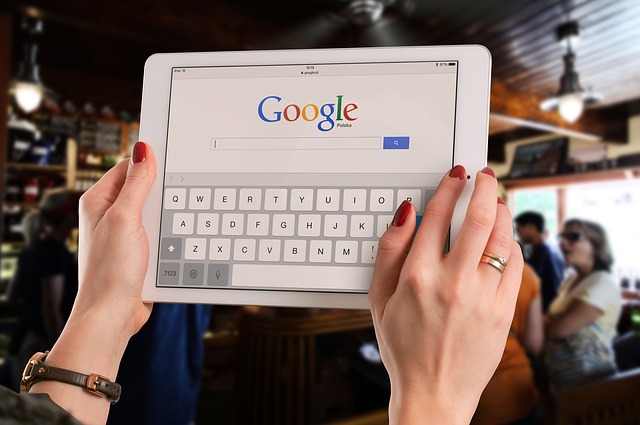Ergonomics for Tablet Computers
Tablet computers are now commonplace. However, what many tablet users don’t realize is that these devices come with a unique set or ergonomic challenges, which are creating an onslaught of overuse injuries.
Prolonged neck flexion
Prolonged neck flexion is the crux of most iPad and other tablet computer-related injuries. Essentially, neck flexion is bending the neck so that the chin is toward the chest. From an anatomical standpoint, this is n abnormal, unnatural position. Prolonged neck flexion may lead to a straightening-or even a reversal-of the normal curvature of the neck. This triggers a condition known as vertebral subluxation, where spinal bones become slightly misaligned. Vertebral subluxations of the neck are linked with a myriad of health problems ranging from headaches, neck pain and should pain to ear infections, fatigue and depression. Fortunately, chiropractic care is the perfect antidote for vertebral subluxations. Chiropractic adjustments are safe and gentle maneuvers to correct and prevent vertebral subluxations. A wealth of scientific research has deemed this approach as highly effective.
Gaze angle
When it comes to tablet computers, the largest determinate of neck flexion is what ergonomic researchers term “gaze angle.”
Gaze angle simply means the angle at which the tablet user’s eyes view the screen. A low gaze angle occurs when the tablet is placed on the user’s lap. A high gaze angle occurs when the tablet is placed on a table.
The latest research
In a new study published in Work: a Journal of Prevention, Assessment, and Rehabilitation, researchers from Harvard School of Public Health, Microsoft Corporation, and Brigham and Women’s Hospital investigated how to reduce the risk of neck and shoulder pain brought about from use of tablet computers.
“Compared to typical desktop computing scenarios, the use of media tablet computer are associated with high head and neck flexion postures, and there may be more of a concern for the development of neck and shoulder discomfort,” notes lead investigator Jack T. Dennerlein, PhD.
As part of the study, 15 experienced tablet users completed a set of stimulated tasks with two media tablets, and Apple iPad2 and Motorola Xoom. Each tablet had a proprietary case that could be adjusted to prop up or tilt the tablet computer. The Apple Smart Cover allows for tilt angles of 15 degrees and 73 degrees. The Motorola Portfolio Case allows for tilt angles of 45 degrees and 63 degrees. Four users configurations were tested: Lap-Hand, where the tablet was placed on the lap; lap-Case, with the tablet placed on the lap in its case set at the lower angle settings; Table-Case, with the tablet placed on a table with its case at the lower angle; and Table-Movie, with the tablet placed on a table with its case at the higher angle. Head and neck postures were measure using an infrared three-dimensional motion analysis system. Head and neck flexion angles were greater, in general than reported for desktop or notebook computing. Only when the tablets were used in the table-Movie configuration, where the devices were set at their steepest case angle setting and at the greatest horizontal and vertical position, did posture approach neutral. This suggests that tablet users should place the tablet higher, on a table rather than a lap, to avoid low gaze angles, and use a case that provides steeper viewing angles.

